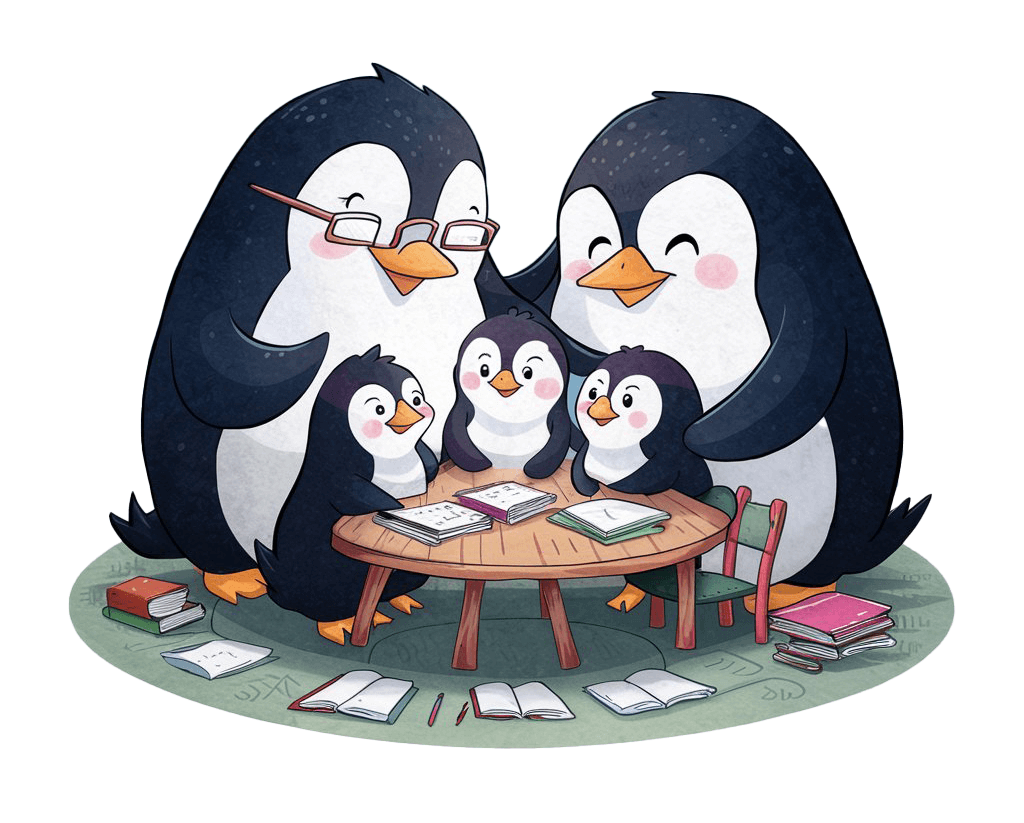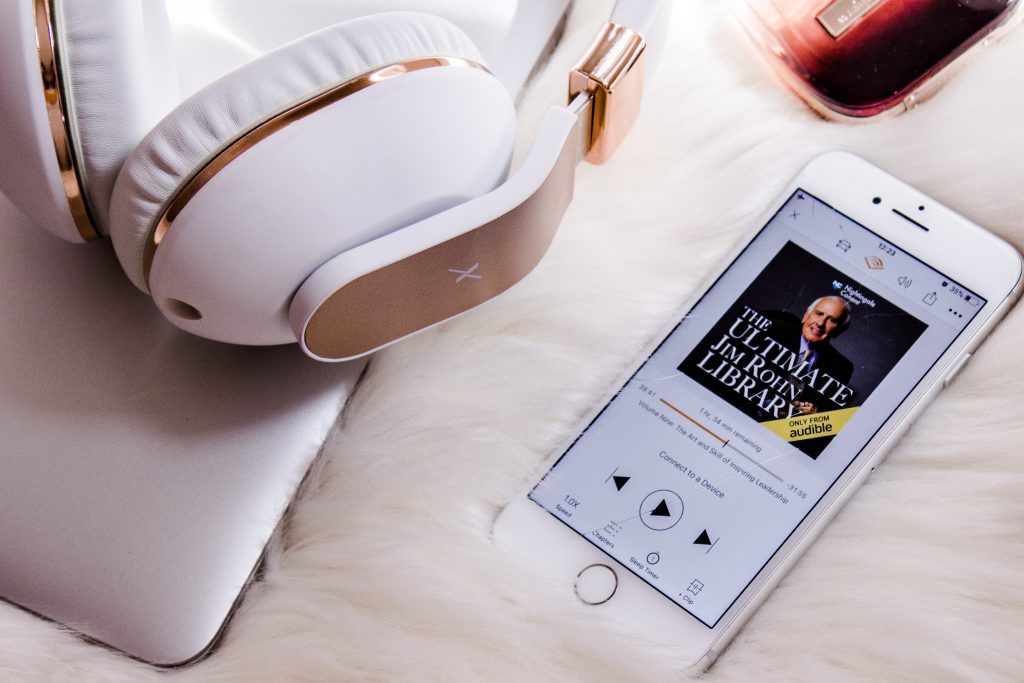The purpose of writing is to transfer thoughts, stories or information via words to someone else. Once written on paper and passed to us, we call the process of absorbing that information ‘reading’ and place an educational value on that skill: We’re able to read, therefore we can absorb the writer’s words. So if we’re listening to the same words narrated, are we by default reading?
Not quite.
Audiobooks are not a substitute for reading (for neurotypical pupils), however, that doesn’t negate the value of audiobooks as an educational tool.
Reading aloud together is an important part of the home education style we adopt, as is reading independently for pleasure. Audiobooks add an additional dimension to reading that is just as valuable.
N.B. For children struggling to learn to read, audiobooks can be an invaluable way for learners to access books and words independently.
Benefits of Audiobooks
- Audiobooks free learners to engage directly with the words – the words are the focus not the process of reading them
- Audiobooks allow listeners to experience the same words narrated – listening to a narration of a book they’ve already read is a good way to solidify the book in memory
- Pupils may have been able to read the text, but nuances of the book may have been lost in their reading of it – listening to narration can provide clarity
- Complex books become more accessible with a narrator keeping track of the plot or characters
Audiobooks are a way of introducing higher-reading level books to children who would enjoy the book because they have enough knowledge of the subject/comprehension of the language, but whose reading skills may not be advanced enough yet to read the book independently.
- Complicated books can be introduced in simplified ways
Abridged versions of books you plan to read unabridged (as part of a home-ed curriculum or because it’s a classic book you want your child to know) can be a good way to introduce the story, characters, or theme. This allows learners to ask questions about story complexities that confuse them before attempting to read the actual book, rather than asking them to comprehend the book and read at the same time.
Wherever possible I try to make lessons focus on one skill or element of a subject and audiobooks help keep the focus on understanding the words that tell the story or the facts that are presented and not how or why or which grammar rules the author did or didn’t follow on the page.
- As part of a multi-modal learning formula, audiobooks help improve comprehension and test scores because we’re focused on the information not the process of reading.
- Narrated books are an easy way to make different styles of writing engaging – especially for books with multiple characters.
- Listening to book series’ as audiobooks can engage reluctant readers. If the story grasps them, they might be easier convinced to read the next book themselves.
- Audiobooks are a great tool to take learning on the go and the easiest way to implement in-car/on-transport learning. (Podcasts and audiobooks are interchangeable here)
- Holding different character voices in your head as you read is a skill that takes years of practice to develop – audiobooks passively teach the skill of this and bypass the need to have developed it yet; books that were out of reach are now accessible.
- Syncing audiobooks with ebooks can help children pace their reading; trying to read too fast is a common problem for beginner and intermediate readers.
Reading is a vitally important skill. It is (arguably) the cornerstone of education and a key tool for home education. The purpose of learning to read is not just reading for reading’s sake – reading is an important part of literacy but reading and literacy aren’t the same.
Literacy also includes the ability to communicate orally and understand oral communication. Audiobooks can play a key role in teaching literacy. Home educators can use audiobooks to:
- introduce accents
- explain narration styles
- explore language
With your homeschoolers: Compare the audiobook with the actual book – do the words feel the same when you read and hear them? Is one easier to understand than the other?
Audiobooks are a fantastic downtime tool, too. As background noise, books can accompany art, play, cooking, repetitive tasks and even nature walks! Listening to books on repeat improves vocabulary, inspires ideas and can help improve concentration when completing repetitive, motor-skill-based tasks. It’s a form of passive learning that works.

Audiobooks in categories related to education often include PDF resources, like the above explanative timeline of Leonardo Da Vinci’s life which accompanied the book Leonardo Da Vinci by Walter Issacson – a ‘dip-in-and-out-of’ book in our audiobook library. PDF resources like this basically write lessons for you. Use the resources to assign an independent study project, as copy work for handwriting practice, or as an introduction to the audiobook.

